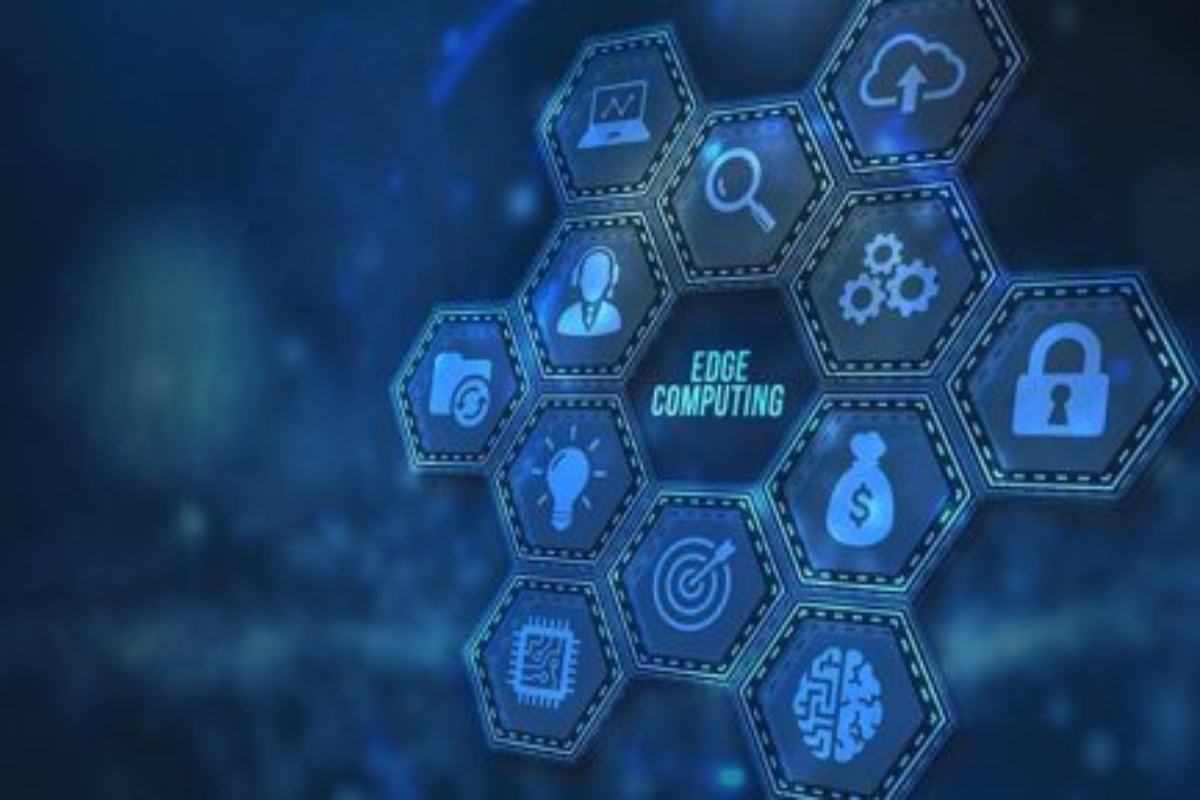In the rapidly evolving digital landscape, edge computing has emerged as one of the most transformative technologies redefining how data is processed, managed, and delivered. As the world becomes increasingly connected—driven by the Internet of Things (IoT), 5G, AI, and real-time analytics—centralized cloud models are encountering limitations in latency, bandwidth, and scalability. Edge computing is not just a technological upgrade; it’s a fundamental shift in the architecture of computing that holds profound implications for industries, businesses, and everyday users.
What Is Edge Computing?
Edge computing refers to the practice of processing data closer to the location where it is generated rather than relying on centralized cloud servers located far away. By doing so, it reduces latency, optimizes bandwidth, enhances privacy, and enables faster decision-making. Whether it’s a sensor in a factory, a connected car, or a smart home device, edge computing enables real-time data processing right at the source.
Why Edge Computing Matters
1. Low Latency, High Speed
In applications such as autonomous vehicles, telemedicine, and augmented reality, milliseconds matter. Traditional cloud computing cannot guarantee real-time responsiveness due to the inherent delay in data traveling to and from a distant data center. Edge computing solves this by minimizing the data travel distance.
2. Bandwidth Optimization
The exponential growth of data—especially from IoT devices—places a massive strain on network infrastructure. Edge computing alleviates this pressure by processing and filtering data locally, sending only essential information to the cloud.
3. Enhanced Security and Privacy
By processing sensitive data locally, edge computing limits exposure to cyber threats and ensures compliance with data residency regulations, making it ideal for sectors such as healthcare, finance, and defense.
Trends Shaping the Future of Edge Computing
1. Integration with 5G
5G is not just a faster network; it’s an enabler of edge computing. The combination of ultra-low latency and high-speed connectivity makes 5G a perfect partner for edge systems. Together, they power innovations like smart cities, real-time video analytics, and remote surgeries.
2. AI and Machine Learning at the Edge
Deploying AI models at the edge is becoming more feasible thanks to advancements in edge-optimized hardware and software frameworks. This allows devices to not only collect and send data but also to understand and act on it in real time.
3. Rise of Edge-as-a-Service (EaaS)
Cloud providers and startups alike are offering edge infrastructure as a service. This democratizes access to edge capabilities, allowing even small businesses to leverage the power of distributed computing without heavy upfront investments.
4. Hardware Innovations
We’re seeing the rise of specialized edge hardware like NVIDIA’s Jetson, Google Coral, and AWS Snowcone, which offer powerful computing capabilities in compact, energy-efficient form factors. These innovations make deploying edge solutions more practical and scalable.
5. Greater Focus on Sustainability
Edge computing reduces the need to transmit large volumes of data over long distances, lowering energy consumption and contributing to greener IT operations. This is especially crucial as organizations prioritize sustainability.
Industry Applications Driving Edge Adoption
1. Healthcare
Edge computing enables real-time patient monitoring, remote diagnostics, and predictive healthcare—all while maintaining data privacy and regulatory compliance.
2. Manufacturing
Also known as the Industrial Internet of Things (IIoT), edge computing in manufacturing facilitates predictive maintenance, quality control, and autonomous operations on the factory floor.
3. Retail
From smart shelves to personalized customer experiences, edge computing enhances retail operations by processing data locally in stores, reducing latency and dependency on central servers.
4. Autonomous Vehicles
Self-driving cars must make split-second decisions based on data from numerous sensors. Edge computing allows real-time data analysis directly within the vehicle, ensuring safety and responsiveness.
5. Smart Cities
Edge nodes integrated into urban infrastructure manage everything from traffic lights to public safety systems in real-time, leading to more efficient and livable urban environments.
Challenges to Overcome
While the future is bright, several challenges must be addressed for widespread edge adoption:
- Interoperability: The edge ecosystem includes devices from numerous vendors with different standards. Creating interoperable systems is essential.
- Security: Edge devices are often deployed in less secure environments, making them more vulnerable to attacks.
- Management Complexity: Orchestrating and maintaining a distributed edge environment is far more complex than managing centralized systems.
- Data Governance: Ensuring data sovereignty and compliance with varying international regulations can be difficult in a distributed model.
What the Future Holds
The future of edge computing is intrinsically linked to the evolution of AI, 5G, quantum computing, and next-generation networks. In the next decade, we can expect:
- Autonomous Edge Systems: Devices that self-optimize, self-heal, and learn from their environment.
- Decentralized AI: Federated learning and distributed AI models that train at the edge, reducing the need for centralized data pools.
- Hyper-Personalized Experiences: Edge computing will drive hyper-localized and individualized user experiences, particularly in media, healthcare, and retail.
- Wider Decentralization: Beyond edge, we may see the rise of swarm computing—an architecture where edge devices collaborate with each other without a central authority.
Conclusion
Edge computing is not a mere supplement to cloud computing; it’s a new frontier in the computing paradigm. As we continue to build a hyperconnected world, edge computing will be at the core—powering real-time analytics, enabling intelligent automation, and bringing computing closer to the human experience. Businesses that embrace this shift will gain competitive advantage, agility, and resilience in an increasingly data-driven world.
The edge is no longer a boundary—it’s the future.

